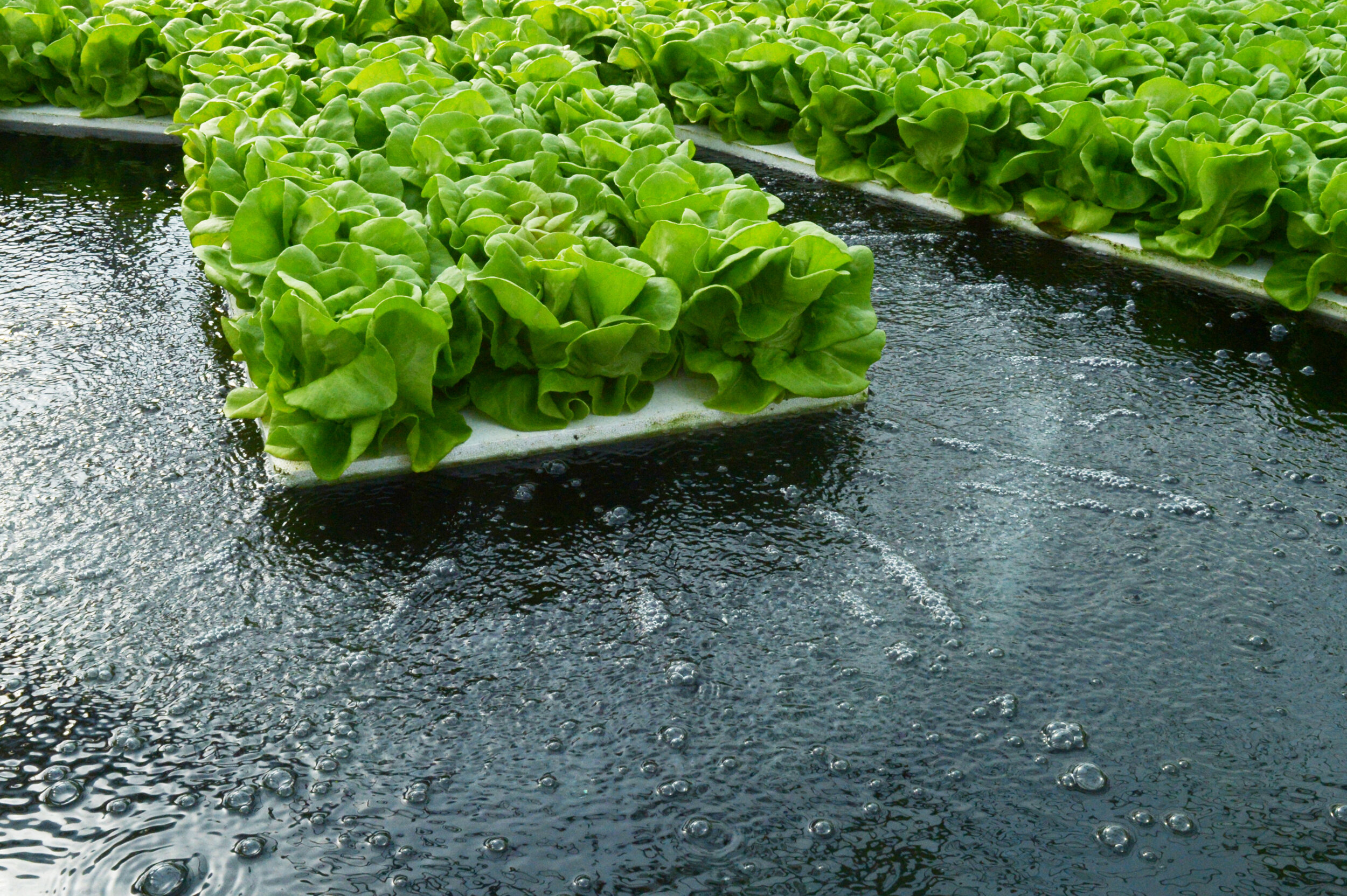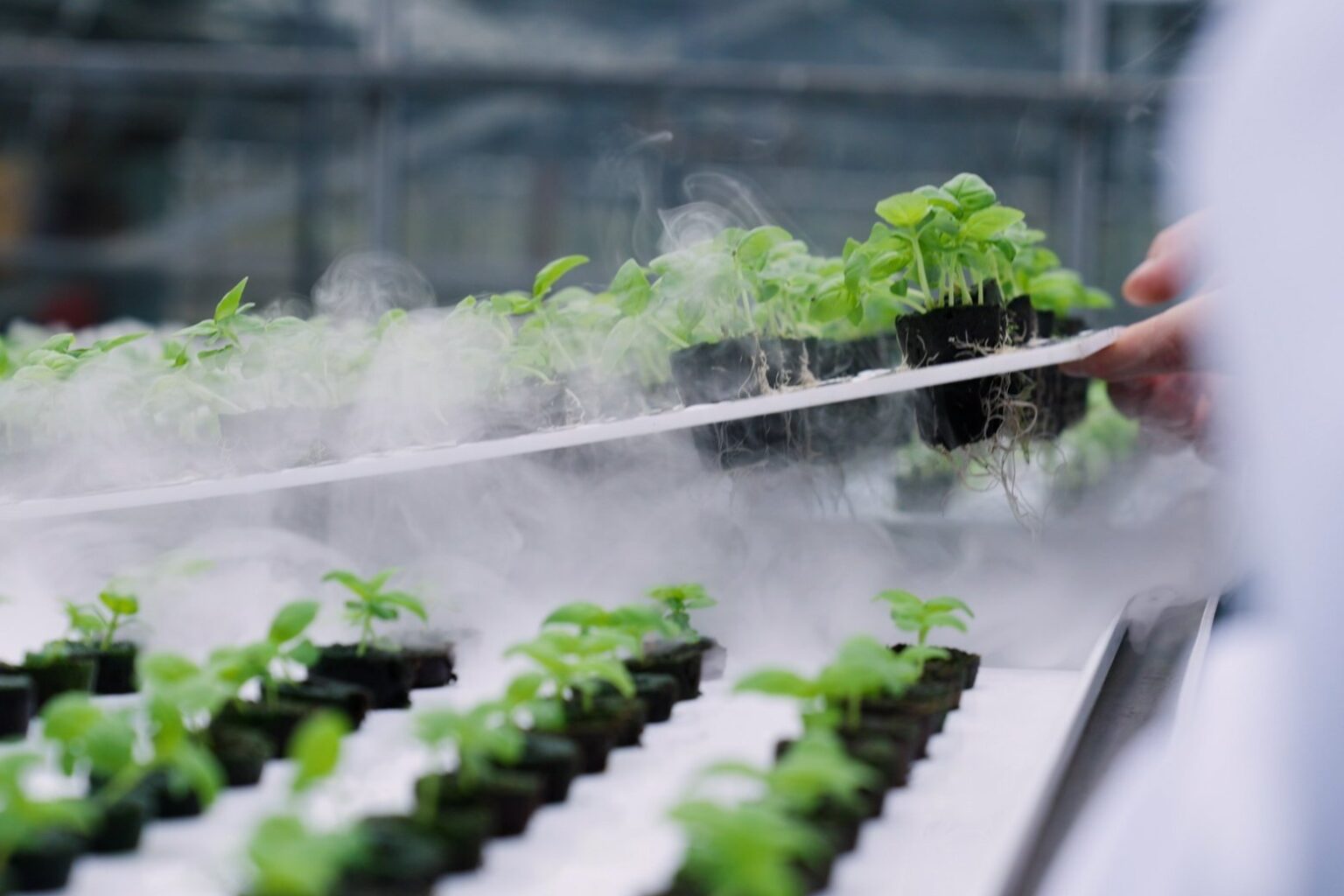Irrigation Systems in Indoor Farming: Which one do you Choose?
Irrigation systems in indoor farming are a crucial component of modern agriculture, ensuring that crops receive the precise amount of water and nutrients they need to grow in controlled environments. These systems play an essential role in maintaining healthy plants, maximizing yields, and minimizing resource waste. As indoor farming continues to grow in popularity, effective irrigation remains the backbone of successful operations.
In this article, we will explore the most important irrigation systems in indoor farming and how they support efficient and high-yield food production.
The Importance of Irrigation Systems in Indoor Farming
Water management is critical for any successful farming operation, but it is particularly vital in indoor farming, where every drop counts. Unlike outdoor farming, which relies on rainfall and natural water sources, indoor farms are self-contained ecosystems. This makes irrigation systems in indoor farming a necessity to deliver water and nutrients precisely and efficiently.
Beyond water delivery, these systems also enable growers to control nutrient concentrations, oxygen levels, and environmental conditions, all of which directly impact plant health and yield. Proper irrigation minimizes water waste, prevents overwatering, and helps avoid problems like root rot or nutrient deficiencies.
By choosing the right system, growers can optimize plant growth, reduce labor costs, and achieve better scalability for their operations. Let’s take a closer look at some of the most effective irrigation systems in indoor farming.
Overhead Spray Booms: Large-Scale Uniformity
Overhead spray booms are a practical solution for large-scale indoor farms looking to irrigate crops efficiently. These systems use spray nozzles mounted on booms to distribute water and nutrients evenly across a wide area.
While less precise than some other irrigation systems in indoor farming, overhead spray booms are ideal for crops grown in trays or gutters. The uniform coverage ensures all plants receive adequate moisture, reducing labor costs and simplifying operations.
Spray booms are often used in combination with other systems to optimize water delivery, particularly in commercial greenhouses and vertical farms. They are best suited for crops that do not require individualized care, such as leafy greens and herbs.

Nutrient Film Technique (NFT): A Steady Stream of Growth
The Nutrient Film Technique (NFT) is a popular hydroponic system that delivers a thin, continuous stream of nutrient-rich water to plants’ roots. This system uses a slight slope to allow water to flow across the roots, which are housed in channels or tubes. The unused solution drains back into a reservoir, where it is recirculated using a submersible pump.
NFT systems are highly efficient and are particularly suited for lightweight crops like lettuce, basil, and strawberries. The thin film of water ensures roots have constant access to oxygen and nutrients, leading to faster and more consistent growth.
One of the key benefits of NFT is its water and nutrient efficiency. Since the solution is continuously recycled, very little is wasted, making it an efficient option for irrigation systems in indoor farming. For commercial growers, NFT systems offer a precise and resource-efficient solution for indoor farming.

Drip Systems: Precision at Its Finest
Drip systems are one of the most widely used irrigation systems in indoor farming, particularly for crops requiring individual care. These systems deliver water and nutrients directly to each plant through a network of drip lines and emitters, ensuring that every plant receives the exact amount it needs.
The biggest advantage of drip systems is their precision. Growers can adjust the flow rate for individual plants, making this system ideal for crops with varying water and nutrient requirements. The controlled delivery also reduces water waste and minimizes the risk of overwatering, which can lead to root diseases.
Drip systems are highly scalable and can be customized to fit farms of any size. They work well with a wide variety of growing mediums, including soil, coco coir, and perlite. However, regular maintenance is essential to prevent clogs in the drip lines, especially if using nutrient-rich solutions that may leave mineral deposits.
Overall, drip systems stand out as one of the most versatile and precise irrigation systems in indoor farming, offering benefits for both small-scale growers and commercial operations.

Ebb and Flow Systems: A Versatile and Reliable Choice
One of the most widely used irrigation systems in indoor farming is the ebb and flow system, also known as a flood and drain system. This system operates by periodically flooding a grow bed with a nutrient solution and then draining it back into a reservoir. A submersible pump handles the flooding process, which is usually controlled by a timer or float valve to ensure consistency.
Ebb and flow systems are versatile and can accommodate a wide variety of crops, from leafy greens to flowering plants. The periodic flooding provides plants with the nutrients they need while ensuring roots are exposed to oxygen during the draining phase. This cycle helps prevent water stagnation and encourages healthy root development.
Another advantage of ebb and flow systems is their ability to adapt to different growing mediums, such as clay pebbles, Rockwool, or coco coir. This flexibility allows growers to customize the system based on the specific needs of their crops. However, regular maintenance is required to clean pumps and ensure there are no blockages, as stagnant water can lead to algae or bacterial growth.
For growers seeking a balance of simplicity and effectiveness, ebb and flow systems are an excellent choice among irrigation systems in indoor farming.

Deep Water Culture (DWC) with a Shallow Water Combination
Deep Water Culture (DWC) is a hydroponic method in which plants’ roots are suspended in nutrient-rich water, allowing them to absorb nutrients and oxygen simultaneously. When combined with shallow water exposure, this system strikes a balance between aeration and nutrient delivery.
This combination system keeps the roots submerged in a nutrient solution while exposing parts of them to air. This dual approach fosters rapid growth, as plants can absorb nutrients continuously while still receiving adequate oxygen. Crops such as lettuces thrive in this setup, making it a popular choice for larger indoor farming operations.
While DWC systems are relatively simple to set up, maintaining proper oxygenation is critical. Air pumps or diffusers are often used to prevent stagnation and ensure roots remain healthy. The system’s reliance on water also makes temperature control important, as excessively warm water can harm root systems.

Mist Irrigation: Aeroponics for the Future
Mist irrigation, commonly associated with aeroponic systems, is an innovative method that mists plants’ roots with a fine spray of nutrient solution. This approach eliminates the need for traditional growing mediums, instead relying on suspended plants to maximize exposure to oxygen and nutrients.
Mist irrigation is one of the most water-efficient irrigation systems in indoor farming, using significantly less water than traditional methods. The fine mist allows plants to absorb nutrients quickly, promoting faster growth and healthier root systems. It’s especially useful for high-value crops like microgreens, herbs, and specialty vegetables.
The downside of mist irrigation is its complexity and cost. It requires specialized equipment to generate the mist and maintain consistent nutrient levels. Any disruption, such as a pump failure, can quickly harm plants since their roots are entirely exposed. However, for growers willing to invest in advanced technology, mist irrigation offers unparalleled efficiency and productivity.

Choosing the Right Irrigation System in Indoor Farming
The success of an indoor farm hinges on selecting the right irrigation system. Whether you prefer the simplicity of the overhead spray boom, the precision of NFT Systems, or the innovation of aeroponics, irrigation systems in indoor farming play a pivotal role in maximizing efficiency and yield.
Each system has its strengths, and the choice ultimately depends on factors such as crop type, farm size, and budget. By investing in advanced irrigation technologies, growers can optimize water usage, reduce costs, and contribute to the future of agriculture.
At Viemose DGS, we offer extensive expertise in selecting irrigation systems tailored to meet the specific needs of our clients. Our primary solutions include the overhead spray boom and the Nutrient Film Technique, as we find these to be the most effective. Do not hesitate to reach out to us for assistance in choosing the ideal system.





